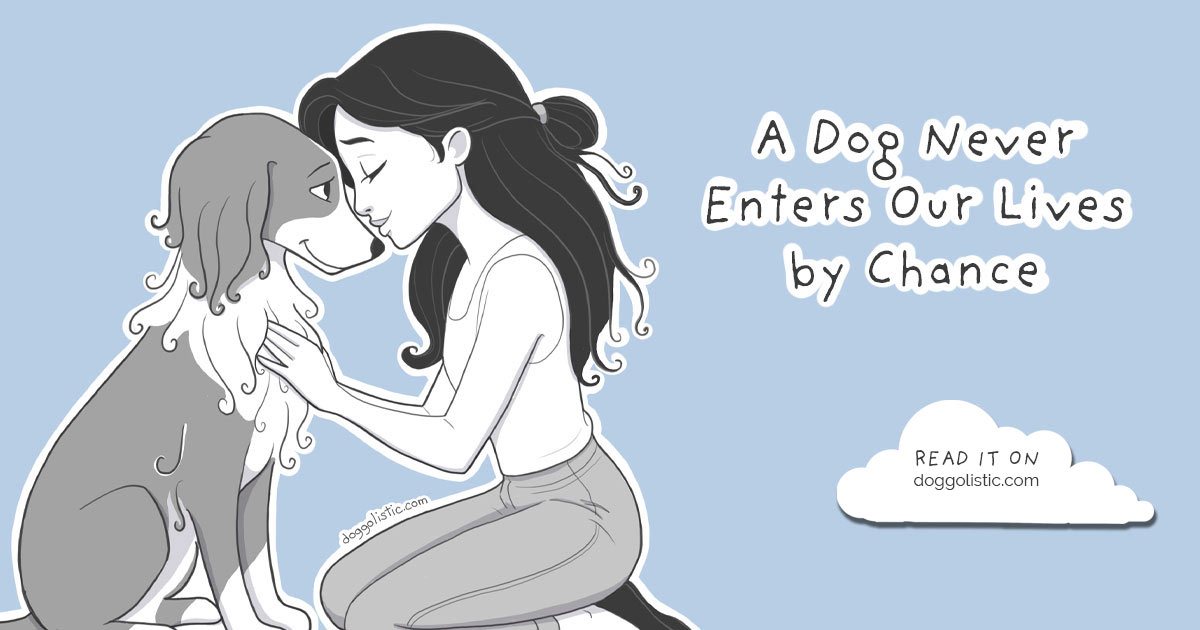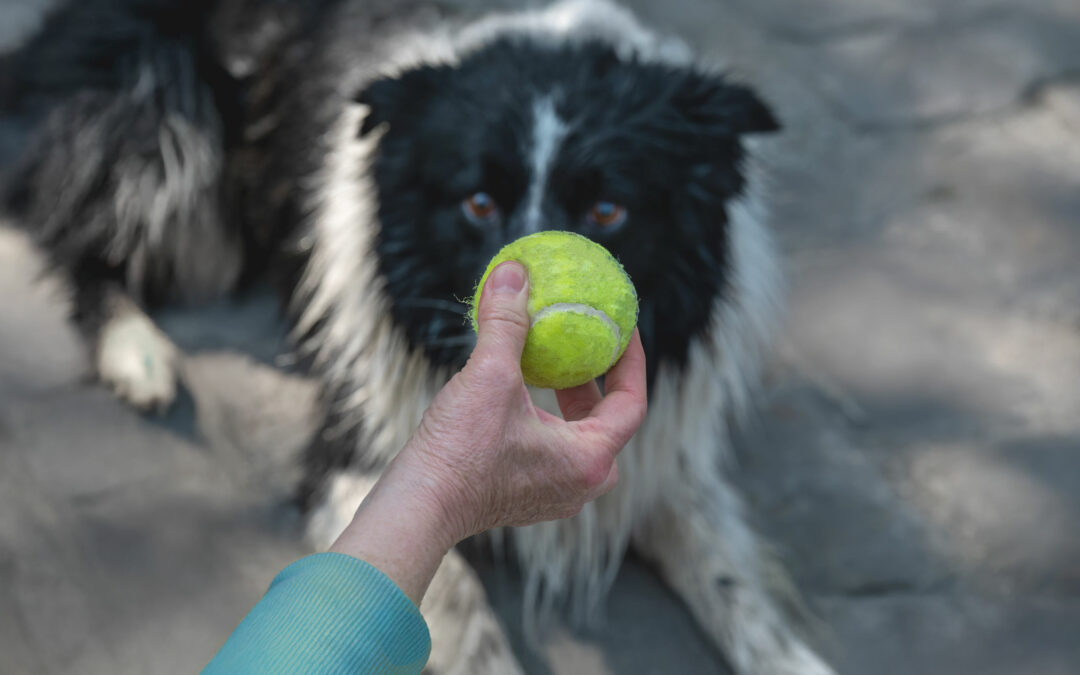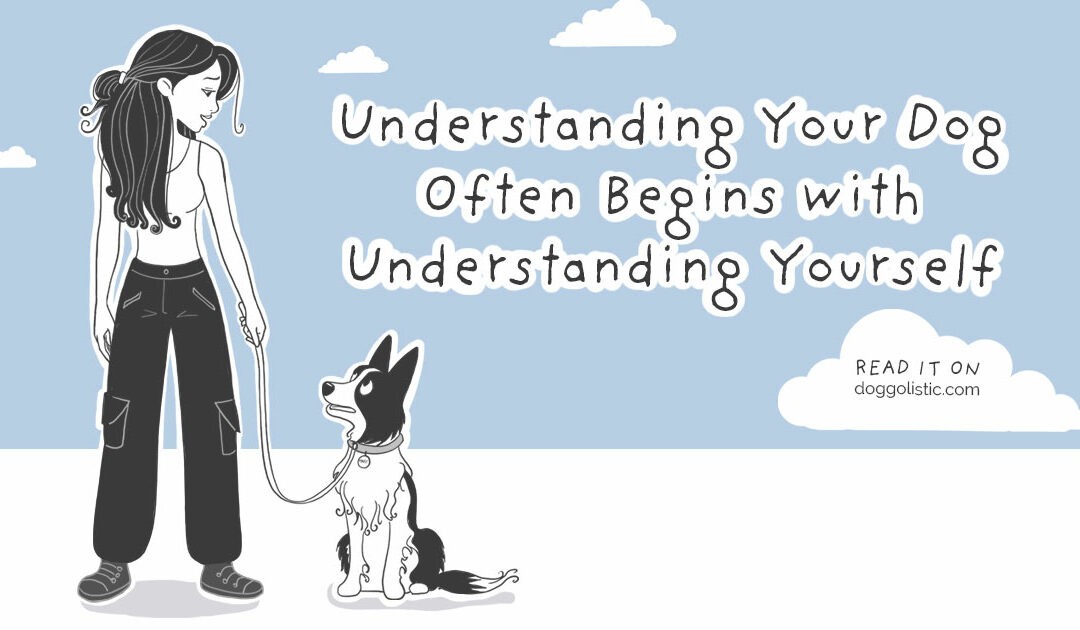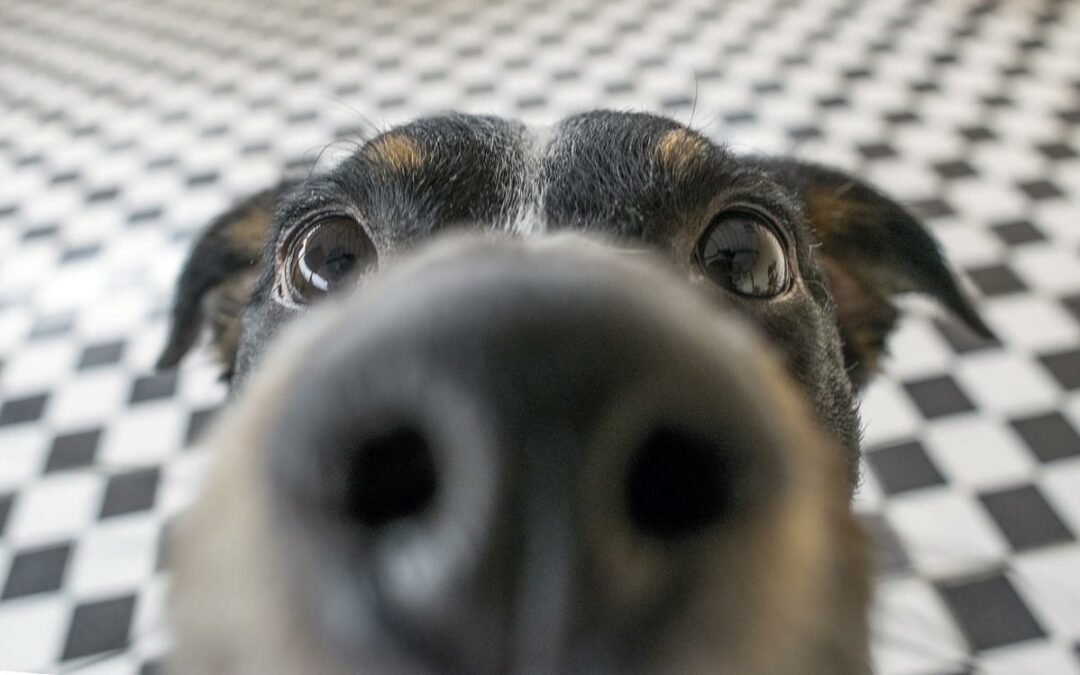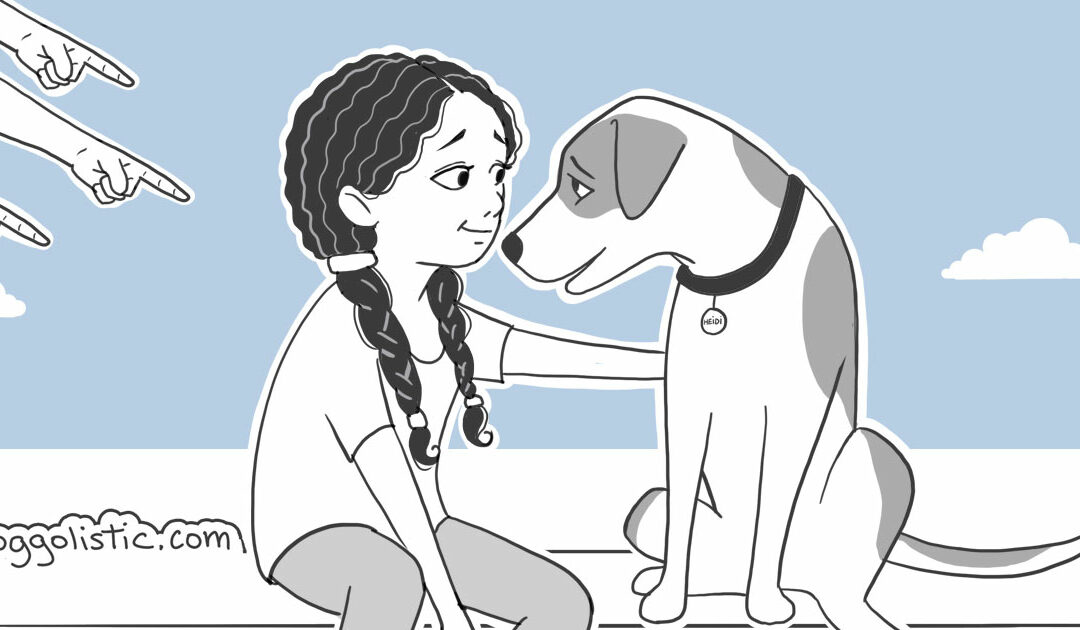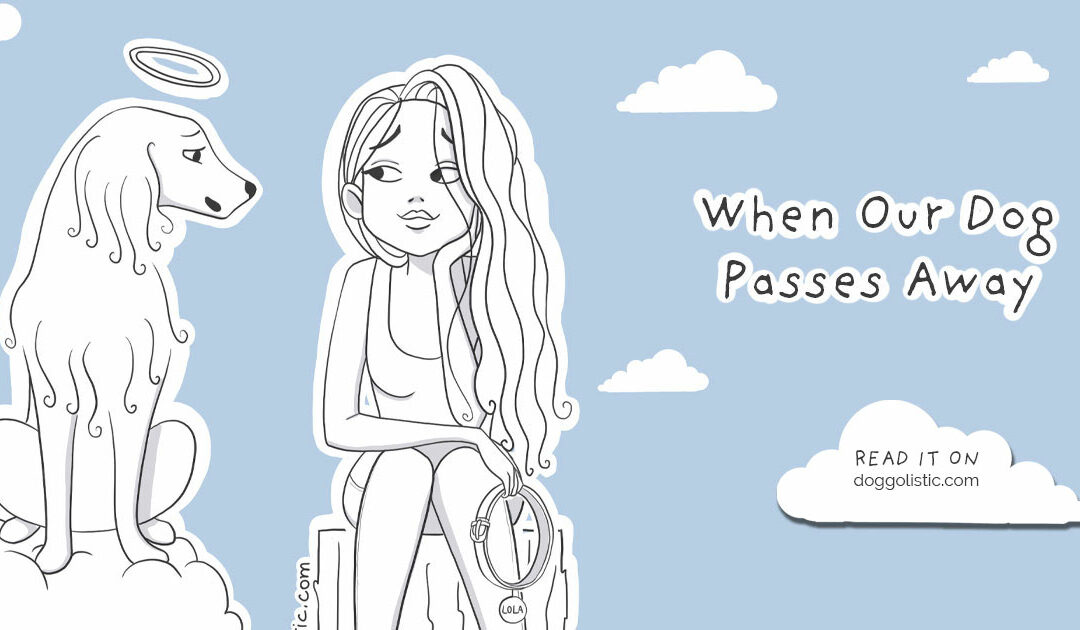There Are No Coincidences, Especially With Dogs
Have you ever heard the saying, “There are no coincidences in life”? I think it was made for dogs.
It might sound a little mystical, but if you take a closer look, it’s hard not to admit that certain encounters—canine or otherwise—seem to carry a meaning deeper than logic. A dog is never “just a dog.” They’re companions, yes, but also mirrors, catalysts, emotional echoes, and, more often than not, teachers. Some nudge us toward change. Some help us heal. All of them leave us changed.
The Dog That Chooses Us
Popular wisdom says we choose our dogs. We scroll through shelter listings, click on a picture, fall for a sweet face behind a kennel door. We believe the choice is ours. But anyone who’s truly experienced one of these encounters knows—that’s not the whole story. Sometimes there’s a look. Something immediate. An invisible thread pulled taut in a heartbeat that says: you and me—it’s time.
Some dogs walk right up to you like they’ve known you forever. Others hang back, eyes fixed on yours, waiting to be seen. Some follow you until you give in. Others just hop into your car like they’ve always belonged there.
Sometimes, that dog wasn’t part of the plan. Wrong timing, wrong breed, wrong energy, wrong everything. And yet, there they are. Not forcing their way in, just fitting—as though life, or fate, or the strange choreography of existence, had meant for it to happen all along.
In moments like that, it’s hard to believe in randomness. Hard to think it’s just luck that you ended up with that dog, with that soul,with all their baggage and their brilliance.
It’s No Coincidence If Our Dog Becomes a Mirror
One of the strangest things about dogs is how much they reflect us—not physically, though sometimes that happens too—but emotionally. Dogs, with their unfiltered presence, absorb everything we are. They pick up what we suppress, mirror what we vaguely feel, and hold it all without judgment. They become it, in some strange way.
Some of them resemble us too closely: the hypersensitive, the anxious, the wary, the on-edge. These are often the hardest to live with—because they hold up a mirror we can’t ignore. They force us to do the work, to become the humans they need. We watch them tremble, or bark, or flinch, and some quiet voice inside us says: That stress, it’s mine, too.
Others complete us. Through their calm or steady nature, they bring balance, showing us a different rhythm, another way to be. They don’t ask for much—just presence, consistency. And maybe that’s the most powerful lesson of all.
Dogs Are the Best Teachers
Dogs are excellent teachers. Not because they mean to be, but because by simply existing alongside us, they transform the way we move through life. They force us to slow down. To look up. To listen. To feel. To be — differently.
Some teach us patience. Others, how to let go. Some drag us out of our comfort zones. Others show us the cracks we didn’t know were still there. But always, the lesson is there—if we’re willing to hear it.
Lola
I used to be the anxious type. The avoid-eye-contact, keep-it-brief, “Yes, I’m fine thanks” kind of person. Then one day, Lola came along.
A sweet but deeply fearful dog adopted from the shelter — a Brittany Spaniel mix who had spent the first four years of her life tied up in a yard, with no shelter, no company, no love, nothing.
My Lola was so scared that I had no choice but to rise to meet her.
This was before I became a dog behaviorist. Back then, I wanted to help her, but I didn’t know how. I made mistakes. I also got some bad advice from a trainer whose methods were outdated. I wasn’t in a good place emotionally, and that didn’t help either. But one thing was clear: if I kept showing the same fear of the world that she did, we’d go nowhere.
So I pulled myself together. I forced myself to face everything I had spent my life avoiding: people. I started reaching out. Literally. I began talking to strangers on the street—just to help her get used to people. I gave people treats to offer her, so she could start to see strangers as friends. I told them her story, I did my best to muster some social enthusiasm — for her sake, and maybe for mine too.
At first, it was brutal. I was sweating, my heart pounding. But since I walked Lola every day, I had to face my demons every day. And slowly, something shifted. I started to relax. Surprisingly, I found myself enjoying it — finding beauty in those small human exchanges, in the kind looks, in the shared vulnerability of a timid little dog.
More than anything, helping my Lola become a confident, sociable, joyful, and adventurous dog gave me a little more confidence in myself too.
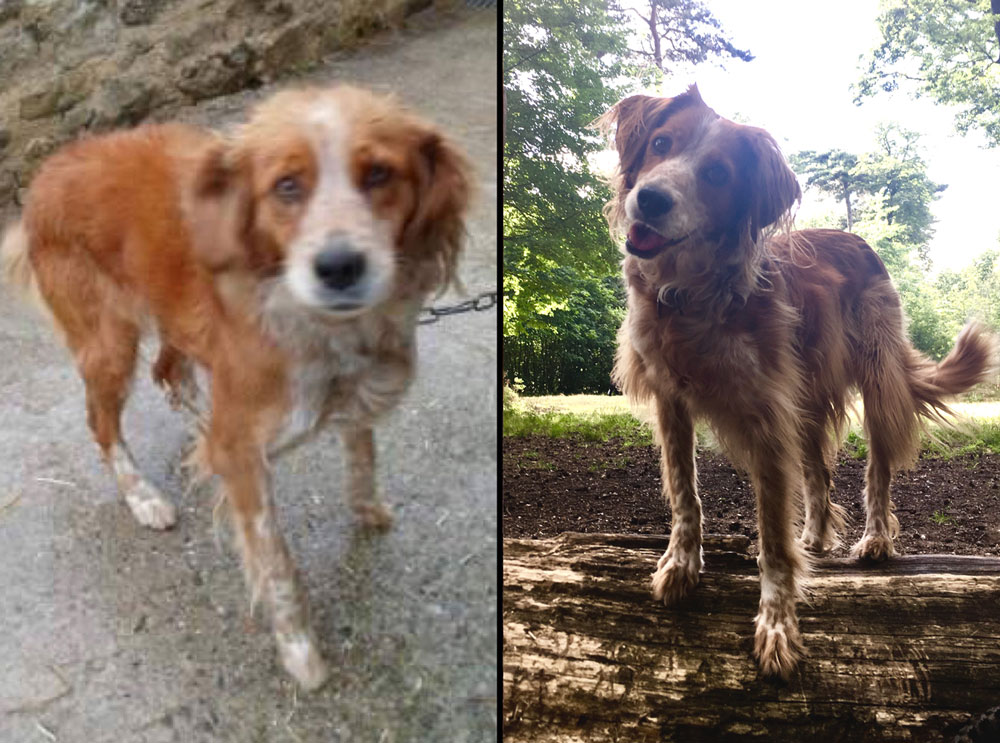
Lola
Baya
Lola passed away suddenly, on New Year’s Day — after two incredibly hard years. Her loss gutted me. I shut down. I didn’t want to talk. I didn’t want to feel.
If you’ve never lost a dog, this probably sounds dramatic. If you have, you understand.
One morning, I was lying in bed, scrolling through Facebook, cursing life and cancer, I saw a post: a dog needed emergency foster care.
Some quiet voice inside me — maybe survival instinct, maybe something else — made me send an email to the listed contact, like I was on autopilot. I had never fostered before. I had no idea what it would involve. The dog looked huge. It wasn’t the right time. I wasn’t even sure I really wanted to. And yet, two minutes later, my message was off into the digital void.
SOS Death Row
The next day, I got a call: that dog had found a foster and was safe. “But we have another one,” they said. “She’s still at the pound. No one wants her. She’s scheduled to be euthanized.”
The photo they sent showed a frail, bony body and an oversized head with a worried expression — a pit bull.
“OK,” I heard myself say like someone else had spoken for me. “I’ll take her.”
The next day, I picked up Baya from the pound. Still in autopilot mode, but this time with a flicker of something like hope.
You may also like | The senior dog who dreamed of one last home
Don’t judge a book by its cover
Ah, Baya. First, I had to pull myself out of my depression for her. Then, I had to open the door and actually go outside.
She was a fearful but imposing pit bull — judged and condemned at first glance. She was afraid of everything and let out a low growl to keep danger at bay. Have you ever heard a pit bull growl? It’s not something you forget.
Wherever we went, people crossed the street. They whispered, tightened their grip on their kids, scooped up their tiny dogs, as if death itself was coming their way. Some even made unnecessary, nasty comments. Pure ignorance.
So I had to be her ambassador. I started looking passersby straight in the eye. I smiled — even if it gave me cramps in my cheeks. I spoke first. I tried to show them that this so-called “dangerous creature,” judged on her looks alone, was actually nothing but a soft heart in a blocky body, a sweetheart behind the stereotype.
Once again—I saw myself in her. I’m tall. I have dark hair and dark eyes. I’ve often been told that if I don’t smile, I seem cold or distant. Not true—but perception sticks. We both had to fight to be seen for who we really are.
People were kind to her. Some let their dogs play with her. Some even gave her hugs. Others came over just to talk, curious — because yes, she really was impressive. A whole bus full of riot police once took selfies with her. A funny memory.
And little by little, my smart, sensitive Baya bloomed into a brave, joyful, confident dog. I only had her for three short months before she found her forever family, but I can honestly say that thanks to her, I met more people in one winter than I had in my entire life.
Two Dogs, One Path
Baya picked up where Lola had left off. She taught me to stop hiding, to reach out to others, to smile, to open up, to take up space gently, and to find and embrace my own sense of calm. And thanks to her, I knew. I wanted to change careers. I wanted to become an dog trainer and behaviorist. Without her, you wouldn’t be reading this today.
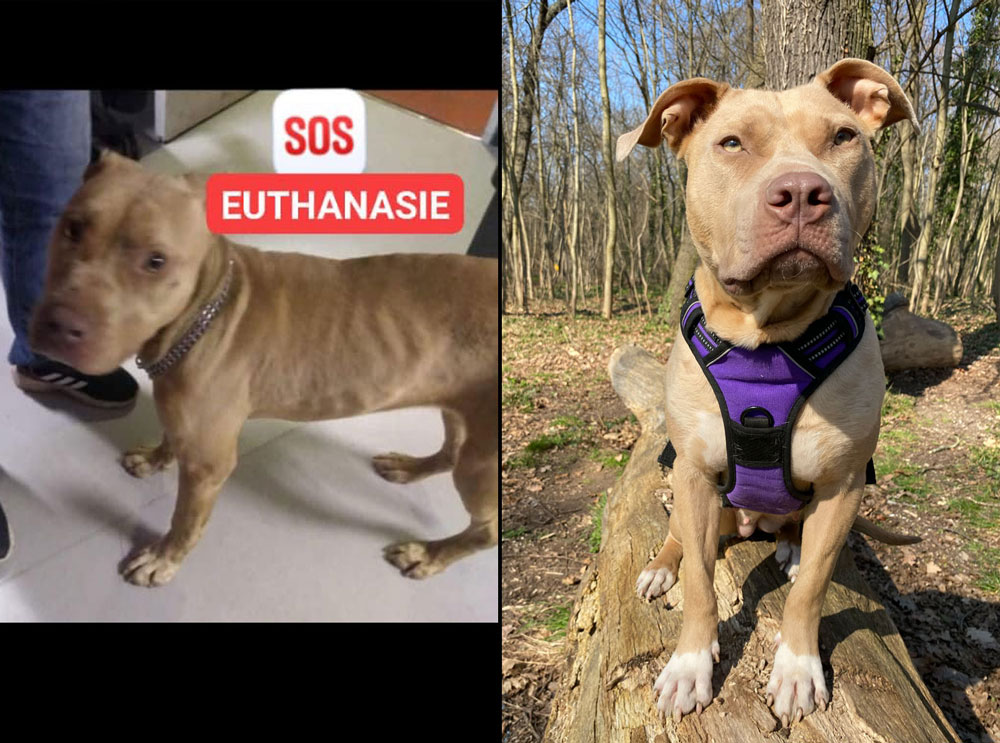
Baya
What If Their Purpose Is to Transform Us?
I’ve heard the same story a hundred times in different forms: someone adopts a dog “jusr because.” Because it was there. Because it needed saving. Because they just couldn’t leave it behind. They thought they were offering shelter, food, a little love — only to realize later that it was the dog who saved them. But over time, they realize—it was the dog who saved them.
Maybe that’s the real truth: dogs aren’t here just to be loved. They’re here to take part in our stories. They push us to grow. To face our fears. To transform.
Sometimes they show up right when everything is falling apart, when something in us needs to shift—when grief hits, when a job ends, when a chapter closes… and there they are. This little creature. And when your eyes meet, something in you knows.
But not every story starts off as the right one.
The “Wrong” Dog That Might Not Have Been
Sometimes we think we made a mistake. The dog’s too difficult. The personalities don’t match. It wasn’t the right time. But maybe those are the very dogs trying to steer us somewhere new. Maybe the saying “there are no coincidences” was made for them.
My first call as a certified behaviorist came from a man whose life was packed to the brim. He had adopted a young Belgian Malinois—brilliant, intense, high-energy dog, in need of work and purpose. The kind of dog that demands attention, consistency, investment. But the dog lived in the yard. Barely went out. Barely played. His owner didn’t have the time. The dog was miserable.
The dog wasn’t “bad.” He was desperate. His message was clear: Come with me. Show up. Be here. Live. He needed someone to slow down, to breathe, to be present. That dog was asking for someone grounded. Someone who could put down the phone, close the laptop, say no to the noise, and breathe. He was asking him to slow down. To exist — here and now.
Was it a mistake to adopt a Malinois in his situation? Yes — absolutely. These dogs are unique. Their needs are immense. And because most people can’t meet them, shelters are full of them.
On top of that, the man made it clear to me that he couldn’t — or wouldn’t? — make the effort I was asking of him. In his mind, it was the dog who had to adapt.
He was my very first client, and also my first failure. A tough lesson to learn: no matter how much you want to, you won’t be able to help every dog that crosses your path.
But if that man had been able to recognize the opportunity he’d been given, he might have seen that what seemed like a mistake was actually calling out something deep in him — a need for change. A sudden, fundamental, necessary change.
There Are No Coincidences— only the right moments, right on time
Saying “there’s no such thing as chance” isn’t about denying life’s chaos. It’s about recognizing that some meetings are too precise to ignore. Some dogs come into our lives and reveal things we didn’t even know we were carrying. Even if their time with us is short — or painful — they leave something behind that makes sense.
Our dogs aren’t perfect. Neither are we. But it’s in that shared imperfection that something quietly powerful happens. They don’t show up to fix us. They show up to show us where the cracks are — and maybe what we could grow from them.
So no, maybe it wasn’t some divine algorithm that matched you with this stubborn little furball. But when you first looked at her, something shifted. A thread pulled tight. And part of you knew.
And maybe, just maybe, it wasn’t chance at all. Maybe it was a quiet invitation—to become a little more yourself. 🐾🖤
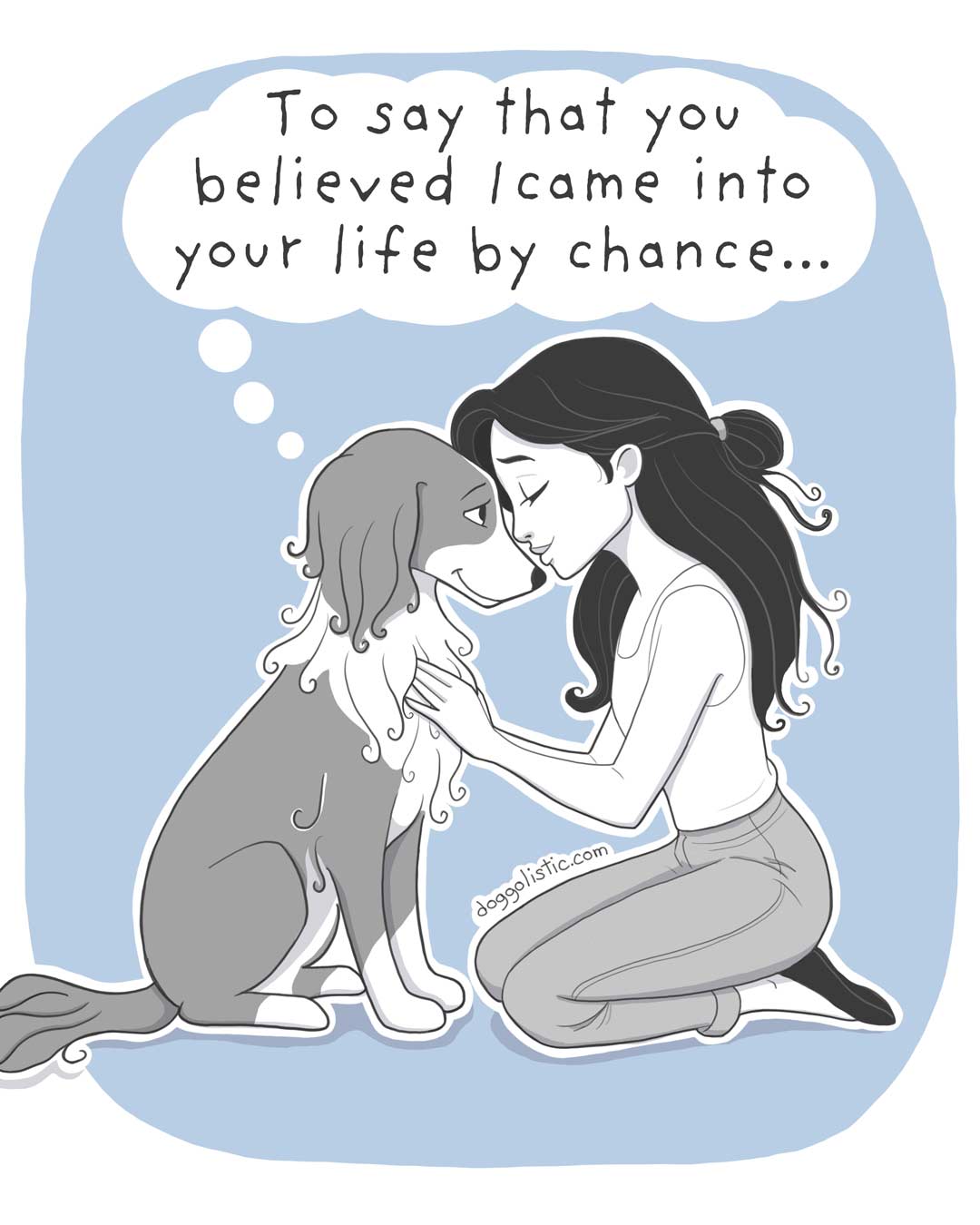
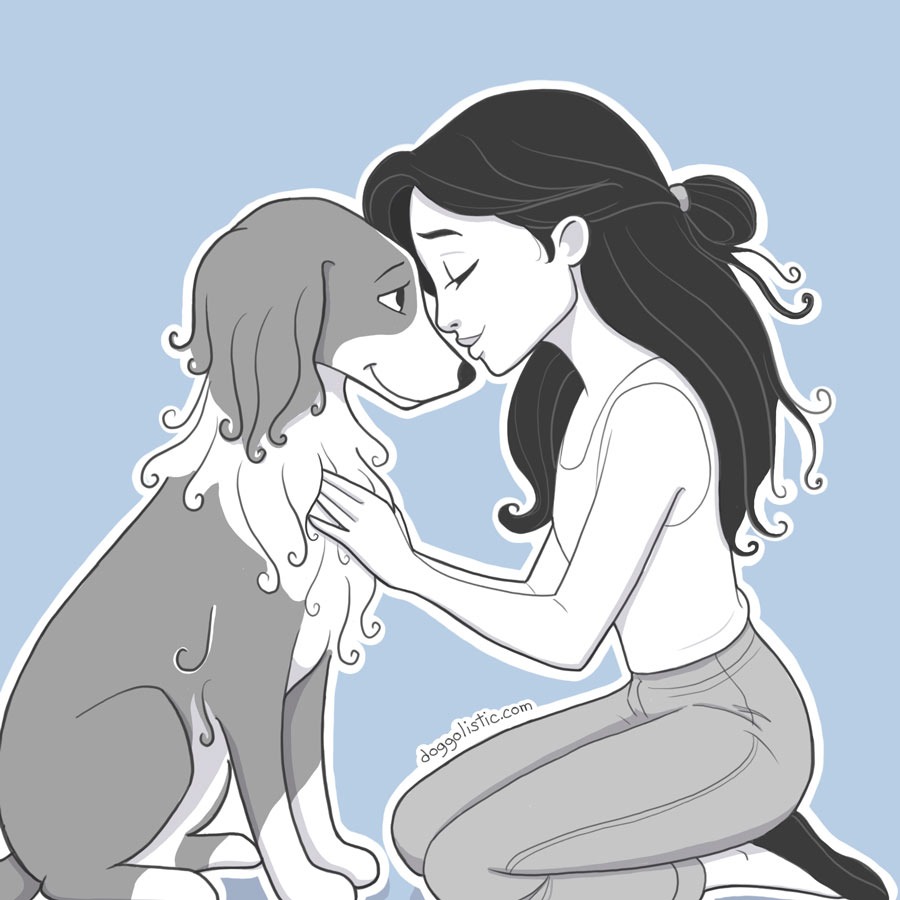
As a dog behaviorist and trainer, I work on the subtle bond between humans and dogs — with all its beauty, its wobbles, and its life. I help humans better understand their dogs — and sometimes, just a little, the other way around, too.

